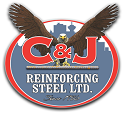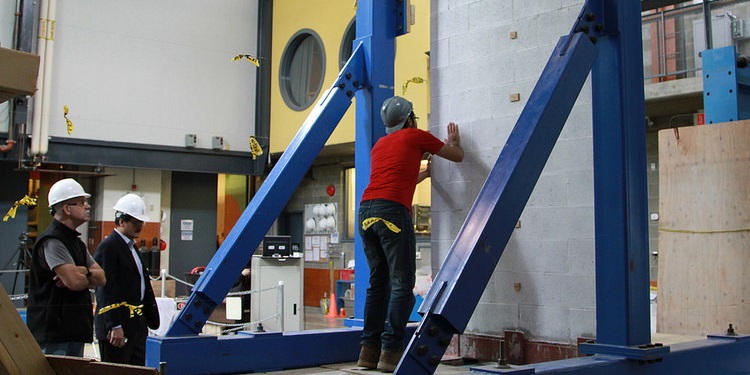Earthquakes can quickly demolish a structure, including schools, which also jeopardizes the lives of hundreds of school children. A researcher from the University of British Columbia began to notice that schools were continually in need of being retrofitted in order to protect them from earthquake damage. Unfortunately, in order to retrofit the schools for earthquake protection, in most situations the building had to be completely torn down in order to replace the masonry walls, which were a time-consuming as well as expensive process. After several years, a University of British Columbia researchers have developed a new concrete treatment that is earthquake resistant and doesn’t require the traditional method of demolishing a building in order to make improvements.
Sprayable Earthquake Resistant Concrete
The newly developed reinforcing concrete product is known as eco-friendly ductile cementitious composite (EDCC). Instead of the surface being covered the traditional way of pouring concrete, EDCC is sprayed onto the surface of interior concrete walls. When a 10mm layer of EDCC is sprayed onto an existing wall, it provides a strength that is comparable to steel and has been shown to resist crumbling from an earthquake with a magnitude of 9.
Perfect Protection for Pre existing Buildings
Although the product is currently being used primarily for schools that are in high prone areas for life-threatening earthquakes, the goal is to expand the use for a wide range of pre existing, as well as newly developed structures. EDCC may soon become a cost-efficient way to provide protection against earthquake damage for bridges, commercial buildings and columns. This is a quick, relatively inexpensive way to add an extra layer of concrete to structures that may not otherwise survive an earthquake. Researchers of the product are anticipating the use of sprayable earthquake resistant concrete in uses, such as;
- Pipelines
- Offshore platforms
- Industrial floors
- Pavements
- Sidewalks
- Blast-resistant structures
- Homes
Environmentally Friendly
EDCC was developed with a combination of cement, fly ash, polymer-based fibers and additional industrial additives. Almost 70% of the sprayable cement consists of fly ash, which is an industrial waste product that is typically dumped; making it more environmentally friendly than traditional concrete. One ton of cement production releases a significant amount of carbon dioxide (almost a ton) into the atmosphere, in all; the concrete industry produces almost 7% of the global greenhouse gas emissions. EDCC eliminates this problem.
When EDCC is sprayed on vulnerable structures, including schools, it can significantly improve the resistance to earthquakes; ultimately saving lives.
Feature image courtesy of UBC News For more photos from UBC please visit their photostream on flickr


